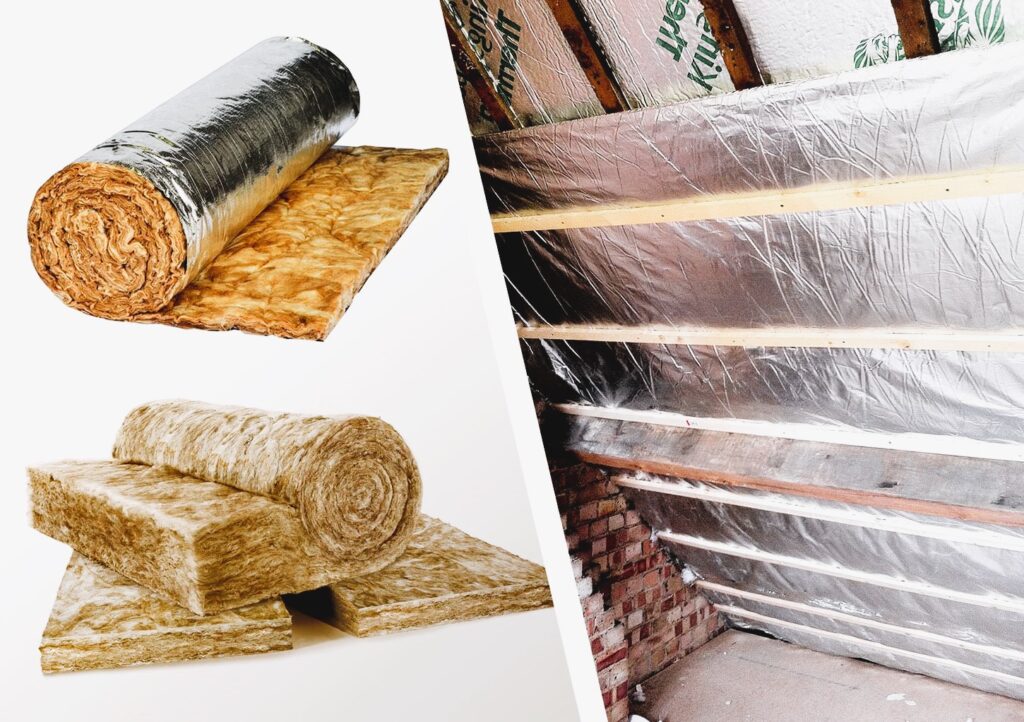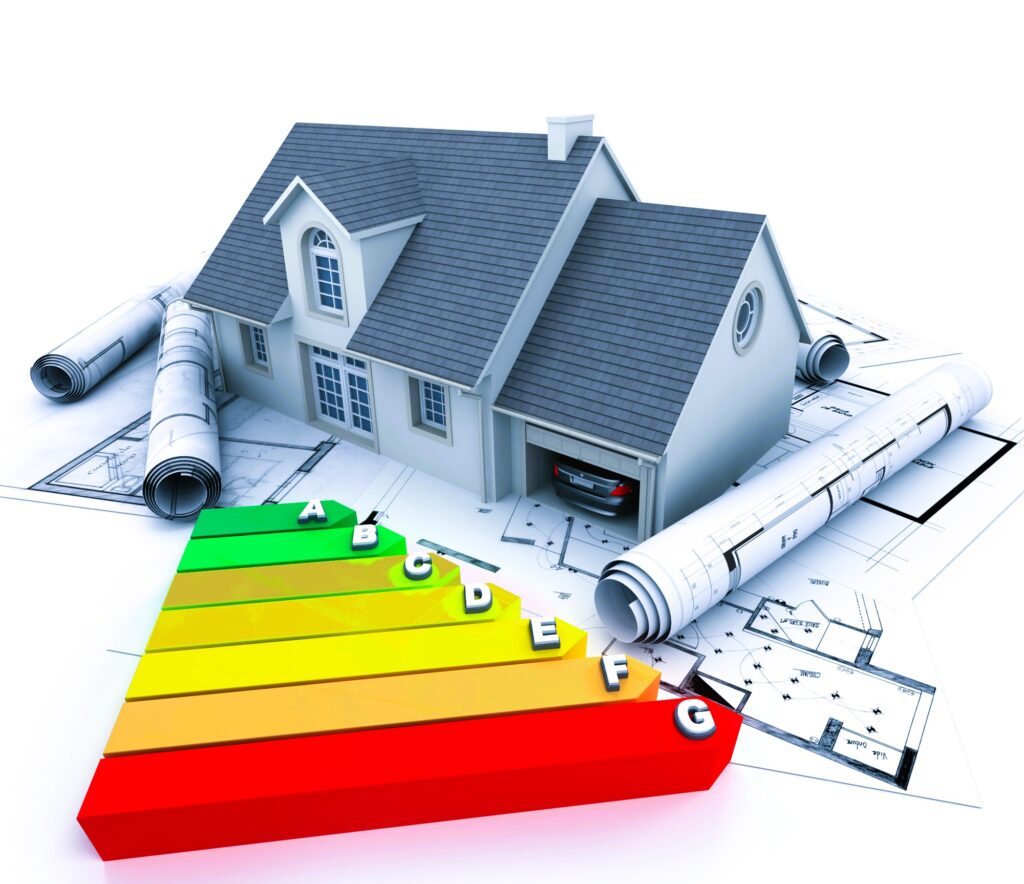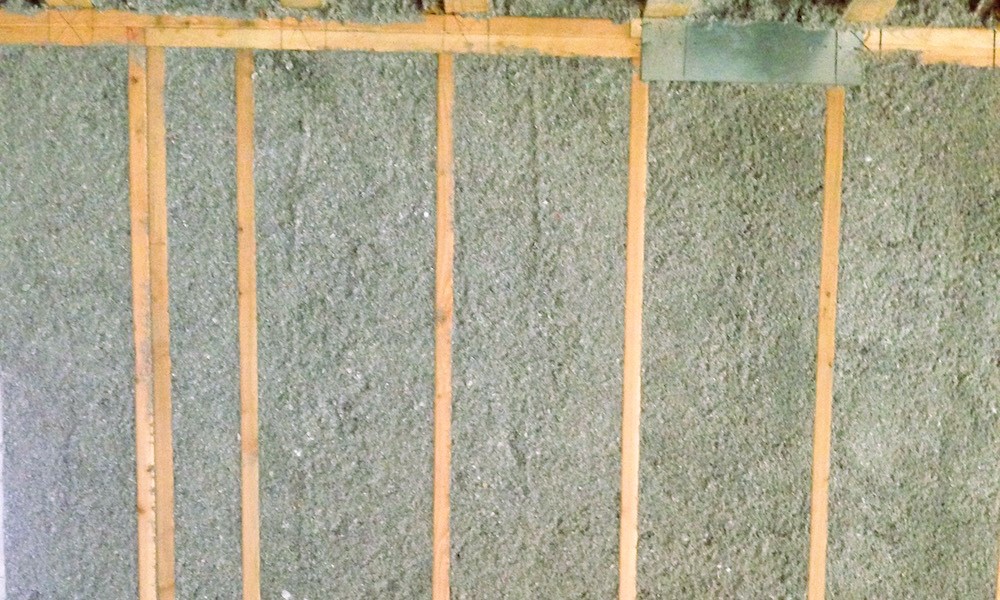
The Science Behind Energy-Efficient Insulation
In the quest for energy efficiency and sustainability, insulation is a fundamental component of modern building design. Energy-efficient insulation plays a pivotal role in maintaining indoor comfort, reducing energy consumption, and minimizing environmental impacts. In this article, we will explore the science behind energy-efficient insulation, its importance, and the various types of insulation materials that help create more energy-efficient and sustainable buildings.
The Significance of Energy-Efficient Insulation
Energy-efficient insulation is crucial for several reasons:
- Reduced Energy Consumption: Proper insulation reduces the need for continuous heating or cooling, leading to lower energy consumption and decreased utility bills.
- Indoor Comfort: Effective insulation helps maintain consistent indoor temperatures, creating a more comfortable living or working environment.
- Environmental Impact: Lower energy consumption results in reduced greenhouse gas emissions, helping combat climate change.
- Cost Savings: Although initial insulation costs may be higher, long-term savings in energy bills often outweigh the investment.
- Property Value: Energy-efficient properties are often more desirable and can have higher market value.
- Compliance with Building Codes: Many building codes and regulations now mandate specific insulation standards to ensure energy efficiency and sustainability.
The Science Behind Insulation

Insulation works on the principle of reducing heat transfer, keeping indoor temperatures stable, and minimizing the exchange of heat with the external environment. There are three primary modes of heat transfer: conduction, convection, and radiation. Do you want warm floors? Consider the option of Water-heated floors: comfort and efficiency.
- Conduction: Conduction is the transfer of heat through direct contact. Insulation materials are poor conductors of heat, meaning they limit the flow of heat through them. This property is measured by the material’s thermal conductivity, with lower values indicating better insulation.
- Convection: Convection involves the movement of heat through a fluid, such as air. Insulation materials, when properly installed, create a barrier that hinders the movement of air, reducing heat loss or gain through convection.
- Radiation: Radiant heat transfer occurs through electromagnetic waves, such as infrared radiation. Reflective insulation materials are designed to minimize radiant heat transfer by reflecting heat away from the surface.
Types of Insulation Materials
Various insulation materials are available, each with its unique properties and applications. The choice of insulation material depends on factors such as the building’s location, climate, and specific requirements. Here are some common types of insulation materials:
- Fiberglass Insulation: Fiberglass insulation is made of tiny glass fibers and is one of the most popular insulation materials. It is effective at reducing heat transfer through conduction and can be used in walls, ceilings, and attics.
- Cellulose Insulation: Cellulose insulation is made from recycled paper products, often treated with fire retardants. It is an eco-friendly option that is effective at reducing heat transfer through conduction and convection.
- Foam Board Insulation: Foam board insulation is made of rigid foam panels and is excellent at reducing heat transfer through conduction. It is commonly used in walls, roofs, and foundations.
- Spray Foam Insulation: Spray foam insulation is a versatile material that expands to fill gaps and spaces. It provides excellent insulation by reducing heat transfer through conduction and convection.
- Reflective Insulation: Reflective insulation consists of foil-faced materials that reflect radiant heat away. It is often used in attics and in conjunction with other insulation materials.
- Mineral Wool Insulation: Mineral wool insulation is made from natural or recycled minerals and provides good thermal and acoustic insulation.
- Aerogel Insulation: Aerogel insulation is an advanced material known for its exceptional thermal insulating properties. It is used in applications where space is limited.
- Sprayed Cellulose Insulation: This is similar to traditional cellulose insulation but is applied using a spraying process, making it easier to install in existing buildings.
R-Value and Thermal Resistance
To measure the effectiveness of insulation, the concept of R-value is used. The R-value represents the thermal resistance of a material. A higher R-value indicates better insulation and greater resistance to heat transfer. Different regions may have recommended R-values for various parts of a building, depending on the climate.
Government Standards and Regulations

Government standards and regulations play a crucial role in ensuring the quality and performance of insulation materials. In Canada, for example, the Canadian Standards Association (CSA) sets standards for insulation materials to guarantee their safety and effectiveness.
Furthermore, government incentives and rebates are often available to encourage homeowners and builders to choose energy-efficient insulation. These incentives can help offset the initial costs and promote the use of sustainable insulation materials.
Conclusion
The science behind energy-efficient insulation is rooted in the principles of reducing heat transfer and maintaining indoor comfort. By choosing the right insulation materials and ensuring their proper installation, buildings can become more energy-efficient and environmentally sustainable.
For more information on energy-efficient insulation and relevant standards and regulations, you can refer to Canada.ca, where you can find valuable resources and guidelines. As the world continues to prioritize energy efficiency and sustainability, understanding the science of insulation is a significant step toward creating more environmentally responsible and energy-efficient buildings.
